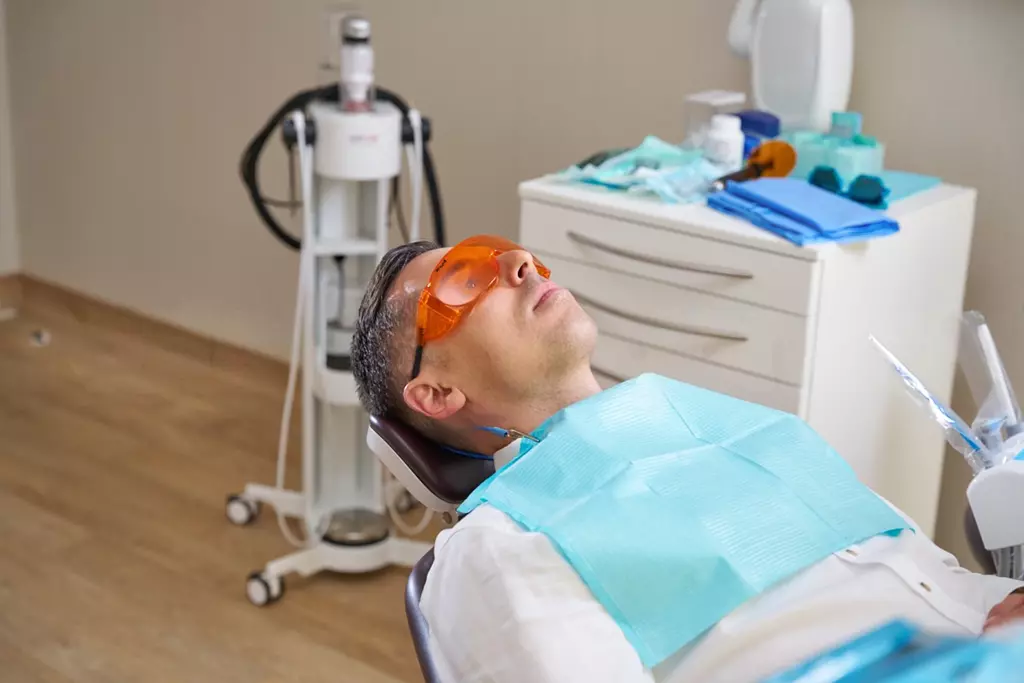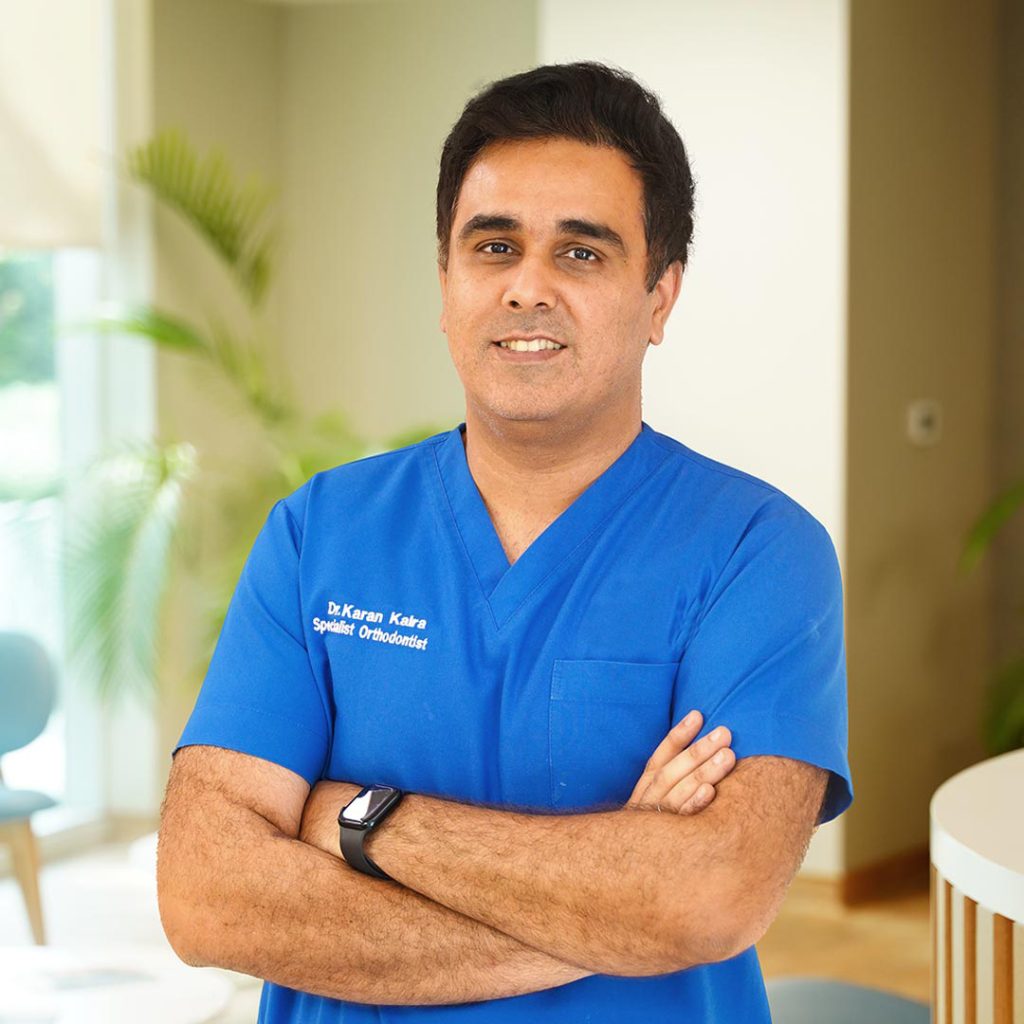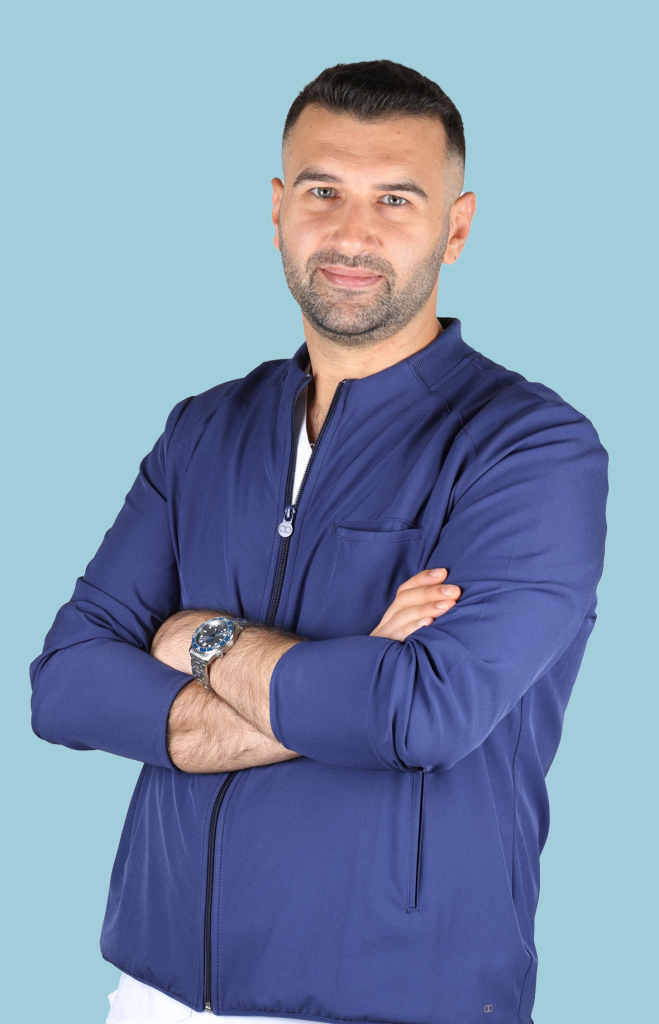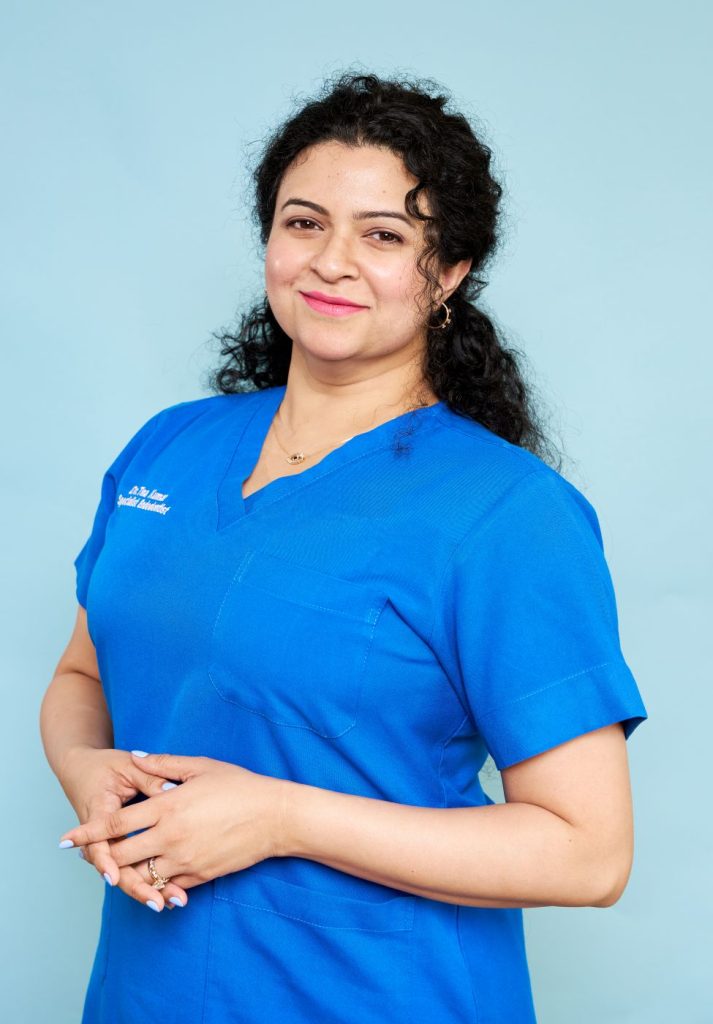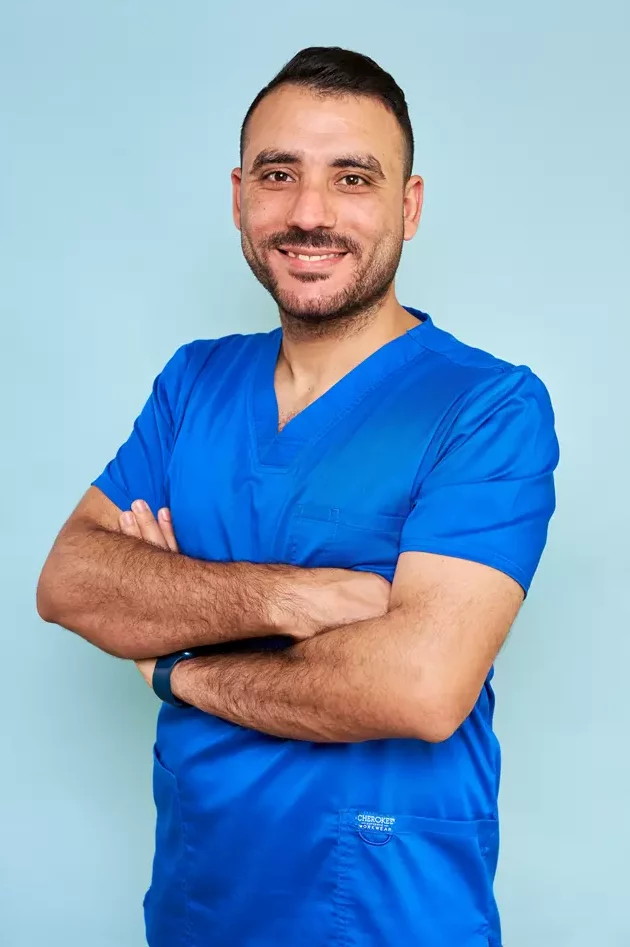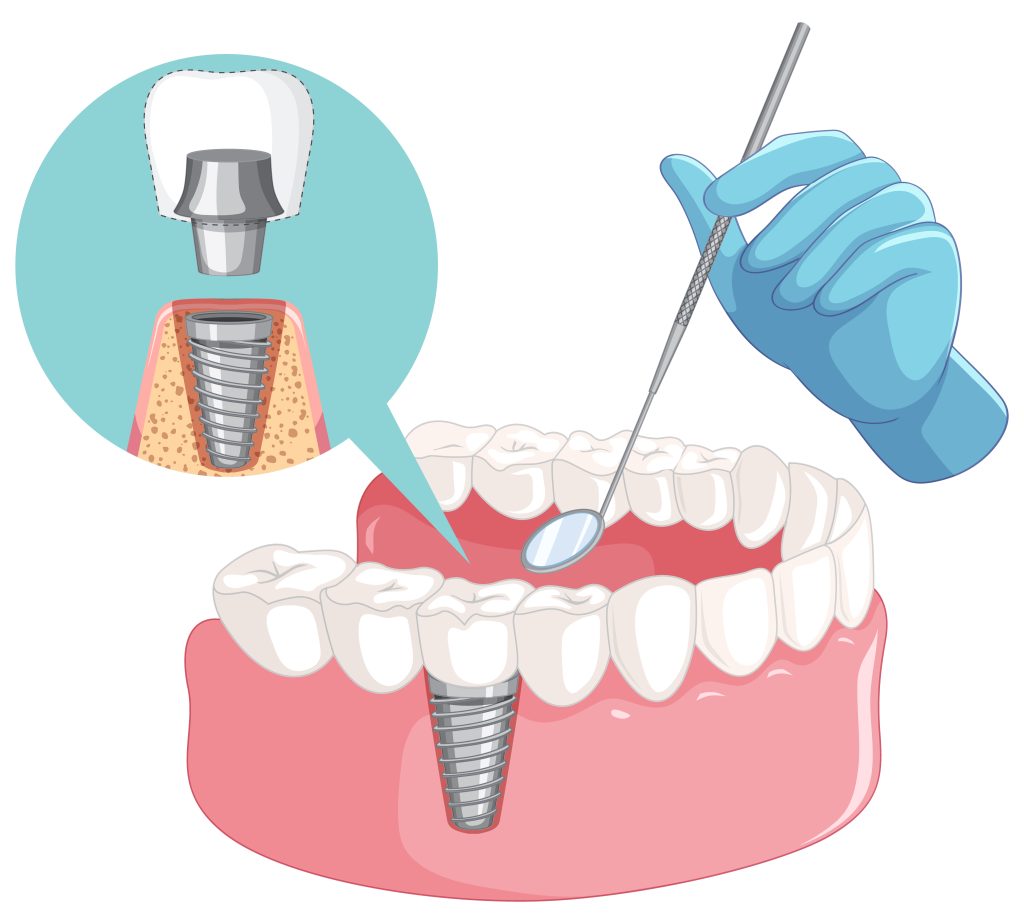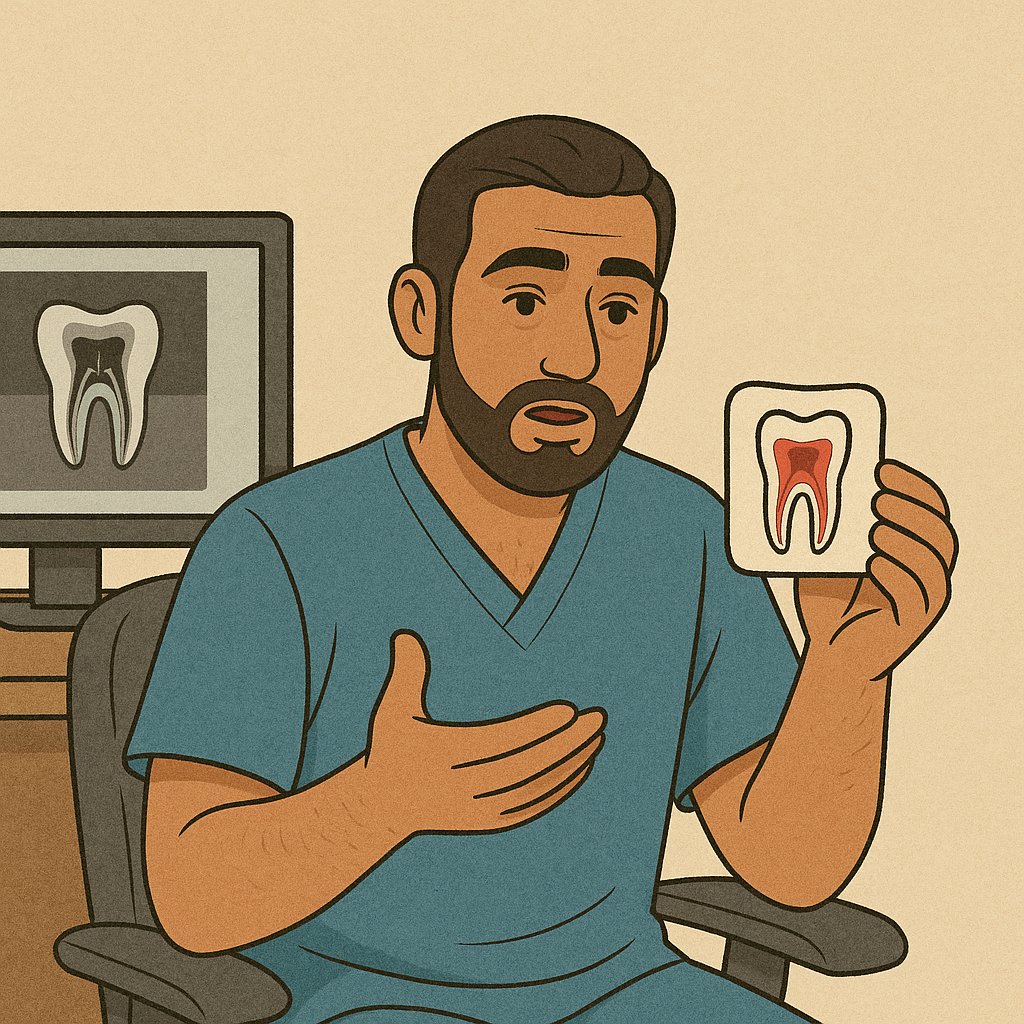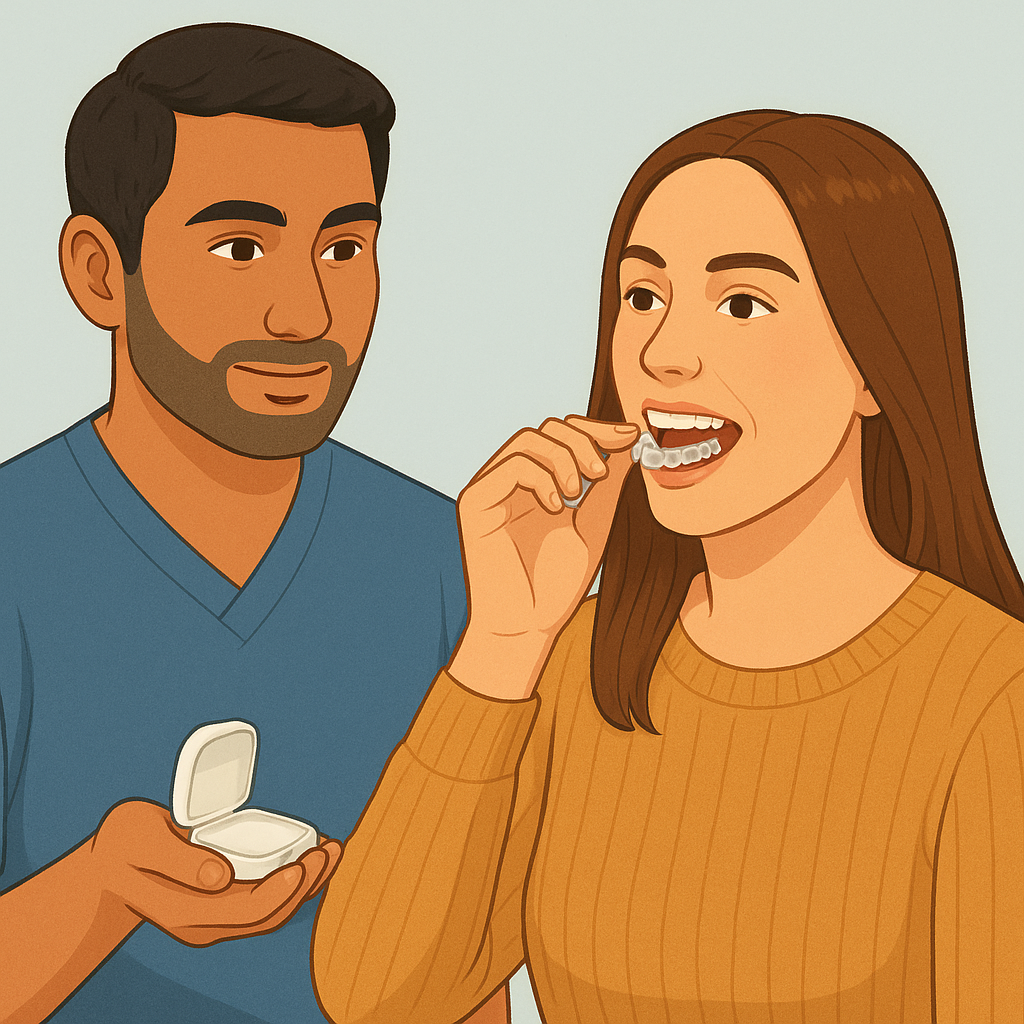Advanced Diagnosis. Gentle Technique. Lasting Relief.
At TRUE SMILE Dental Centre on Al Reem Island, we approach impacted tooth extractions with precision and empathy. Our experienced surgical dentists use modern imaging and minimally invasive techniques to safely remove problematic teeth, from awkwardly angled wisdom teeth to displaced canines near the nasal cavity.
If you’ve been told a tooth “hasn’t come in,” or you’re feeling pressure or pain in the back of your jaw, we’re here to help.
What Are Impacted and Ectopic Teeth?
In simple terms:
Impacted teeth are stuck. They try to erupt but get blocked by bone, gums, or nearby teeth.
Ectopic teeth erupt where they’re not supposed to, like in the roof of the mouth or even the sinus area.
While wisdom teeth are the most commonly impacted, we also see ectopic canines, extra teeth (called supernumerary), and even misplaced premolars. These cases often require surgical attention to avoid damaging surrounding structures.
How Do I Know If I Need Surgical Tooth Removal?
You may not realise a tooth is impacted until a dentist finds it on an X-ray. But many patients do experience signs, including:
- Recurring discomfort in the jaw or behind the molars
- Puffiness or tenderness in the gums
- Trouble opening the mouth fully
- Pressure against adjacent teeth
- Unpleasant taste or odour from trapped bacteria
- Crooked teeth, especially in the front (often due to impacted canines)
We often identify impacted or ectopic teeth during orthodontic planning, wisdom tooth evaluation, or in response to recurring infections.
Why Early Intervention Matters
Delaying treatment for an impacted tooth can lead to serious consequences:
- Infection in the surrounding bone
- Destruction of adjacent tooth roots
- Formation of cysts or lesions
- Chronic headaches, sinus problems, or TMJ tension
- Interference with planned braces or aligners
- In some cases, visible facial asymmetry or jaw discomfort
At TRUE SMILE, our goal is to resolve the problem before it gets worse, and to do so with the least disruption to your life.
How We Remove Impacted or Ectopic Teeth, Step by Step
Step 1: Personalised Evaluation
Your journey starts with a careful exam, panoramic X-ray, and often a 3D CBCT scan. These tools help us map out the tooth’s position, depth, and its relationship to vital structures like nerves or sinuses.
For example, if a lower wisdom tooth is lying horizontally and close to the mandibular nerve, we’ll adjust our technique to avoid damage, or coordinate with a maxillofacial surgeon for complex cases.
Step 2: Tailored Anaesthesia and Comfort Plan
Depending on your age, health, and level of anxiety, we offer a range of anaesthesia options:
- Local anaesthesia for straightforward cases
- Nitrous oxide sedation (laughing gas) for anxious patients or children
- Conscious sedation or general anaesthesia for deeply embedded or multiple extractions
You’ll never be rushed into a decision. We’ll help you choose the safest and most comfortable option.
Step 3: Precise Surgical Removal
Using sterile microsurgical instruments, we create a small flap in the gum and remove any bone necessary to access the tooth. The tooth is then gently sectioned and removed. The area is cleaned, sutured (if needed), and stabilised for healing.
In children, we often combine the procedure with paediatric sedation techniques and distraction methods to keep the experience smooth and non-traumatic.
Special Focus: Ectopic Canines and Supernumerary Teeth
In teens and children, misplaced canines can interfere with dental development. If caught early enough, we may refer for orthodontic exposure and guidance to bring the tooth into place. But if the ectopic tooth is far from the arch or causing complications, surgical extraction is the safest route.
Likewise, extra teeth, especially near the front, can cause spacing issues or even push permanent teeth out of alignment. We coordinate with orthodontists to ensure timing and treatment are optimised.
Recovery: What You Can Expect
Every case is unique, but here’s a general healing timeline:
- First 24 hours: Slight bleeding, swelling, and numbness as anaesthesia wears off
- Day 2 to 3: Swelling peaks, then starts to subside. Discomfort managed with pain relief
- Day 4 to 7: Significant improvement. You may return to work or school
- Week 2 and beyond: Stitches dissolve or are removed. Socket continues to heal
- Follow-up: We check healing progress, adjust hygiene instructions, and answer your questions
Most patients recover quickly with minimal complications. Children often bounce back in just a few days.
Why TRUE SMILE?
We don’t just remove teeth, we care for people. At TRUE SMILE, our approach includes:
- Expert surgical planning, especially for deep or risky impactions
- Custom sedation options, including gentle care for children and anxious adults
- A focus on prevention, protecting your future bite, smile, and facial symmetry
- Multilingual team to guide you in English, Arabic, Russian, Spanish, and more
- Clean, modern facility located conveniently on Al Reem Island
You’re not just getting a procedure. You’re receiving thoughtful, comprehensive care tailored to your comfort and long-term wellbeing.
Included in your treatment:
- Initial consultation and imaging
- Pain management and sedation (as discussed)
- Full sterile surgical protocol
- Aftercare materials and home instructions
- One follow-up visit within 7 to 10 days
Insurance assistance available

